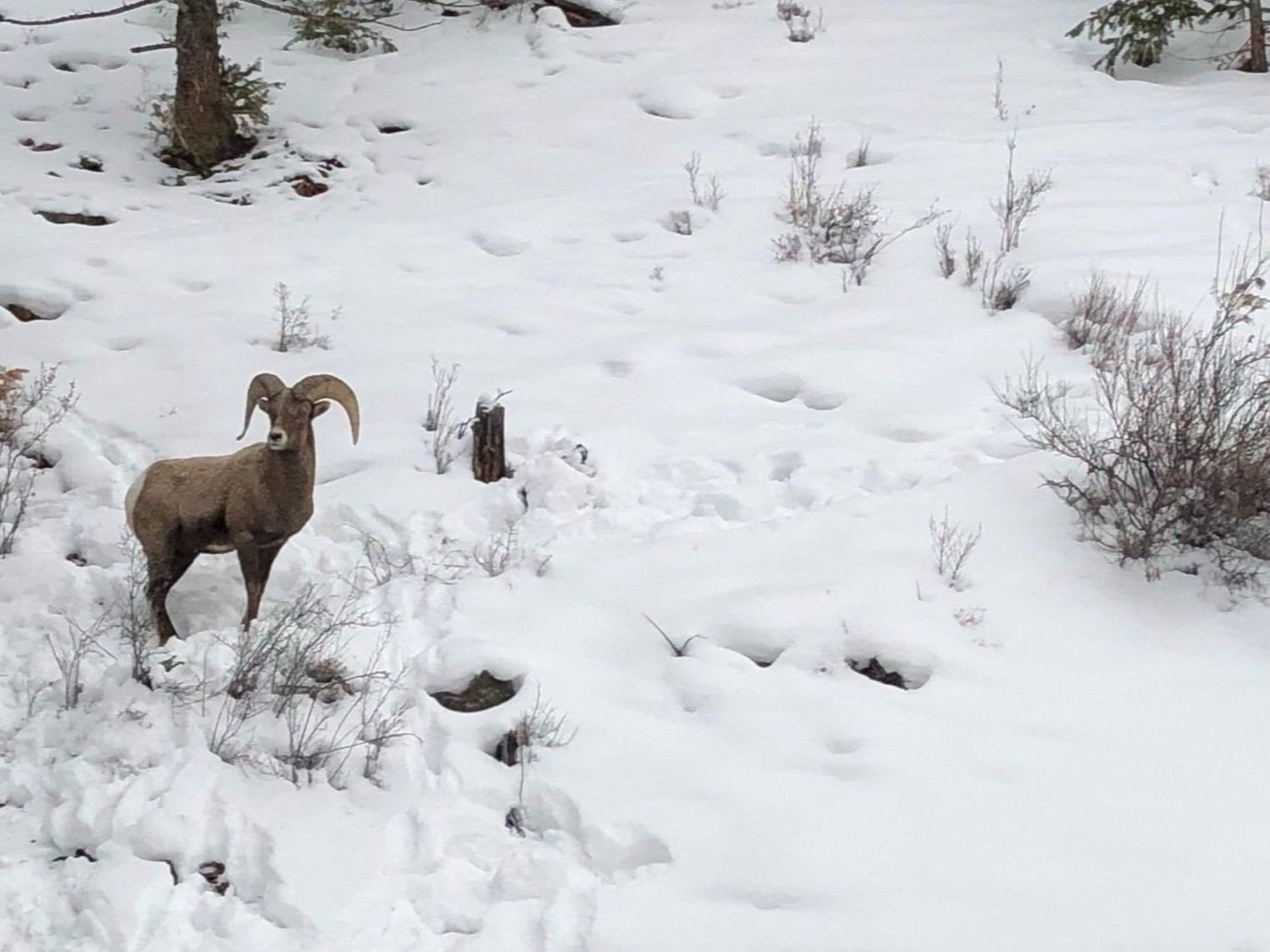
The Process
HOW DID THE COALITION MAKE RECOMMENDATIONS?
The GPLI Process
The GPLI met monthly between February 2016 and June 2017 under the guidance of a professional facilitator to craft a proposal, based on consensus, for conserving key public lands values and uses in Gunnison County. This proposal was the culmination of conversations that have been occurring in the county since 2012.
After the coalition completed its initial recommendations, it presented the proposal to the community for extensive public review. This began a robust conversation about the proposal and what it would mean for the future of public lands. Through that outreach, the GPLI met with hundreds of people, local and regional government entities, and numerous community groups. Specific concerns with details of the proposal were discussed and addressed, including boundary adjustments, and in some cases, changing the designation of an area itself.
This process led to strong and growing support for the GPLI’s consensus proposal from key stakeholder groups and community members in and around Gunnison County and in January 2019, the coalition released its revised proposal. Read the January 2019 revised GPLI proposal HERE.
Since then, further outreach, discussion, and proposal vetting throughout the community has occurred, and the GPLI has now proposed - by consensus - over a half million acres of federal public lands for protection in the Gunnison Outdoor Resources Protection (GORP) Act as either Special Management Area (SMA) or wilderness.
This process ensured that the areas of agreement in the proposal:
Balance interests in motorized, mechanized, and quiet recreational uses.
Ensure that current ranching operations and water use can continue.
Protect important habitat for species such as mule deer and elk, while providing flexibility for habitat restoration projects for species such as bighorn sheep and Gunnison sage-grouse.

